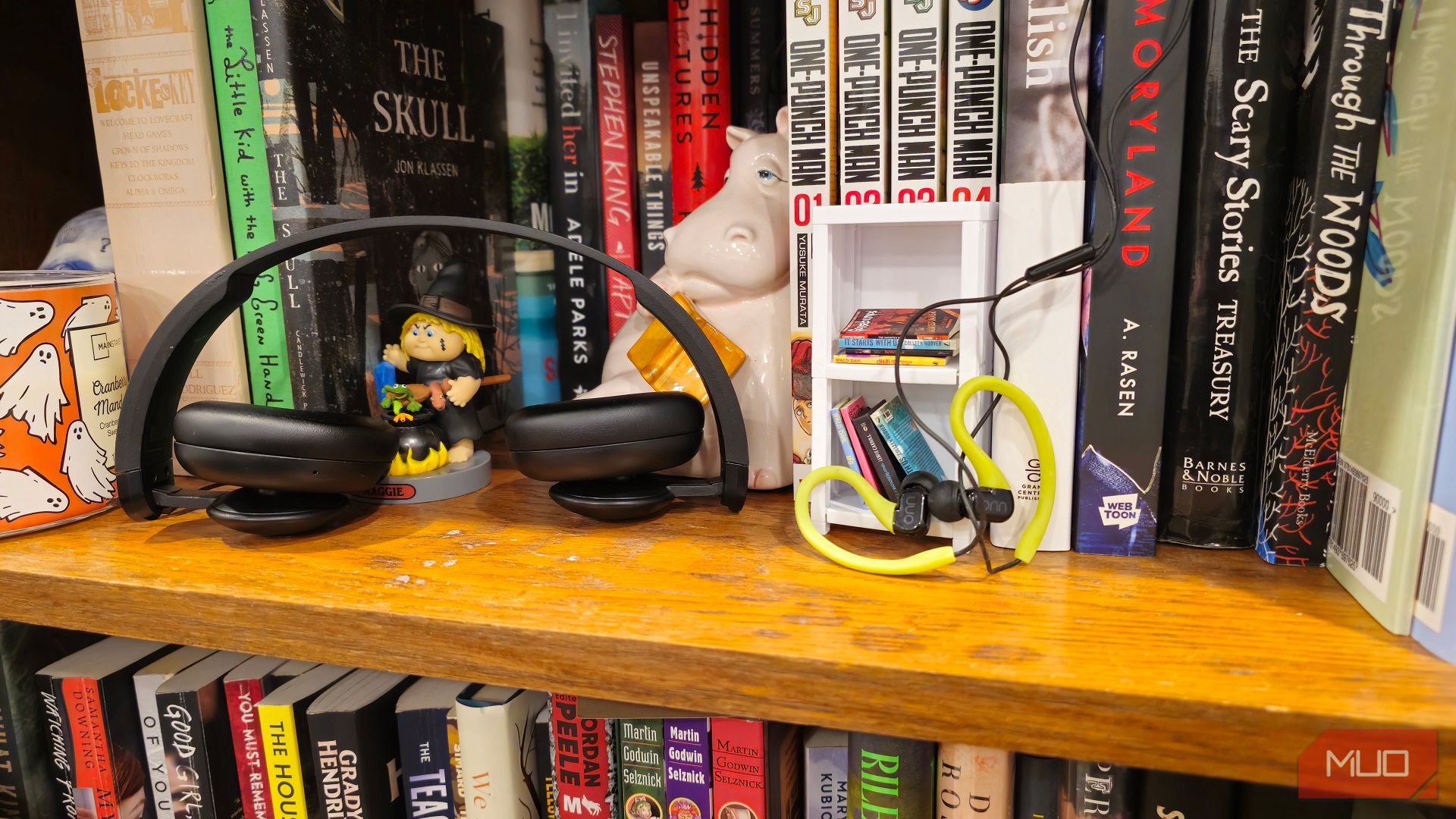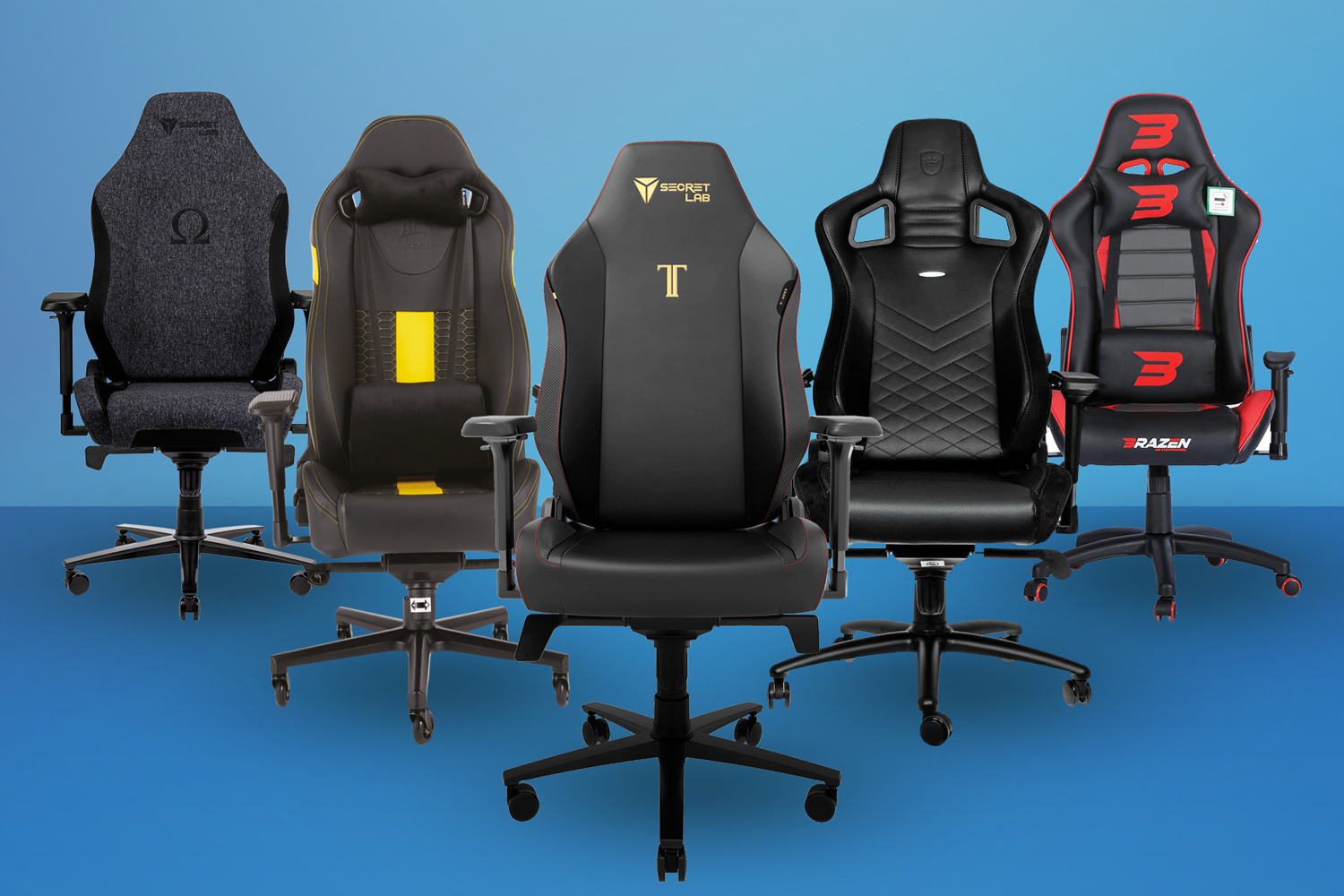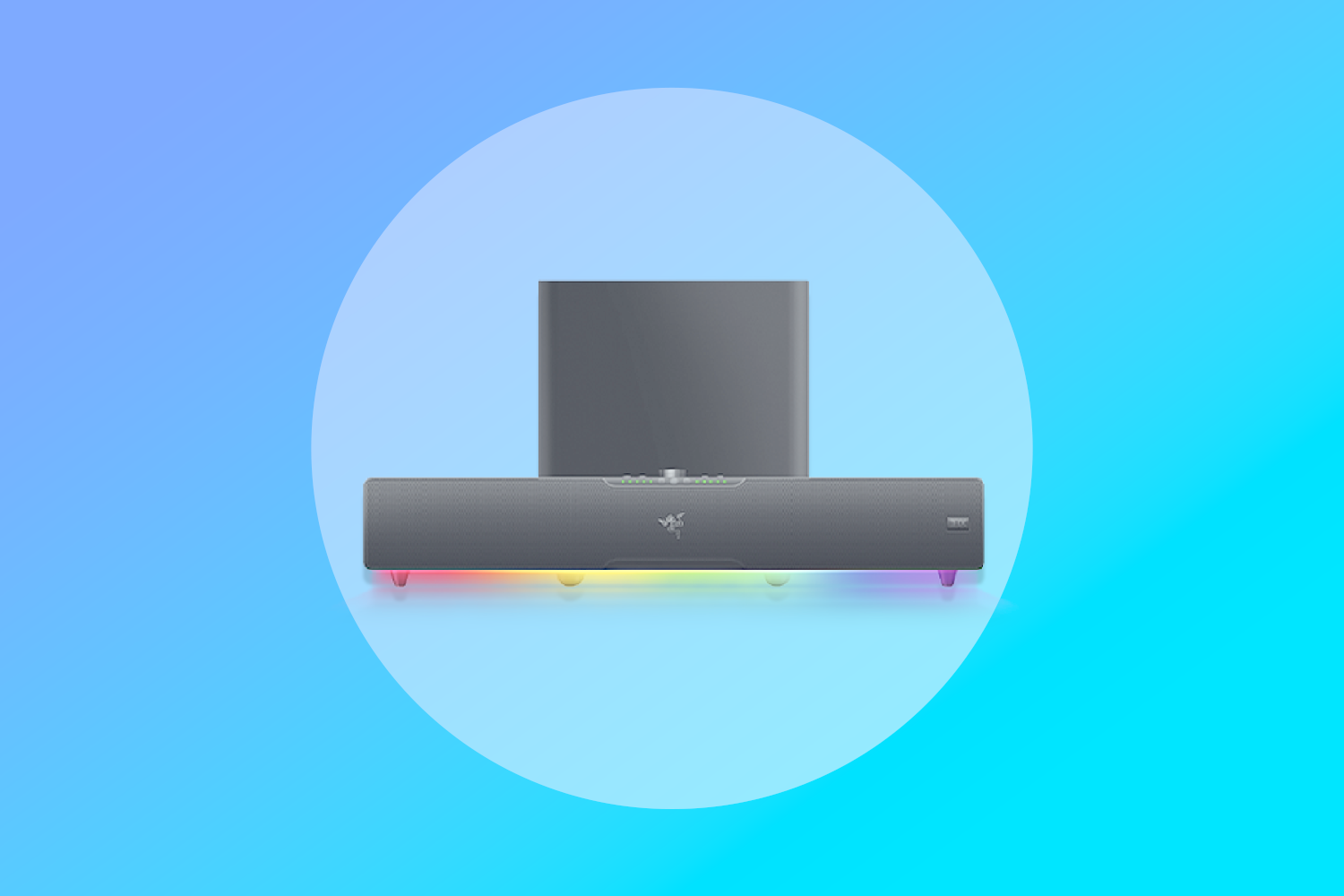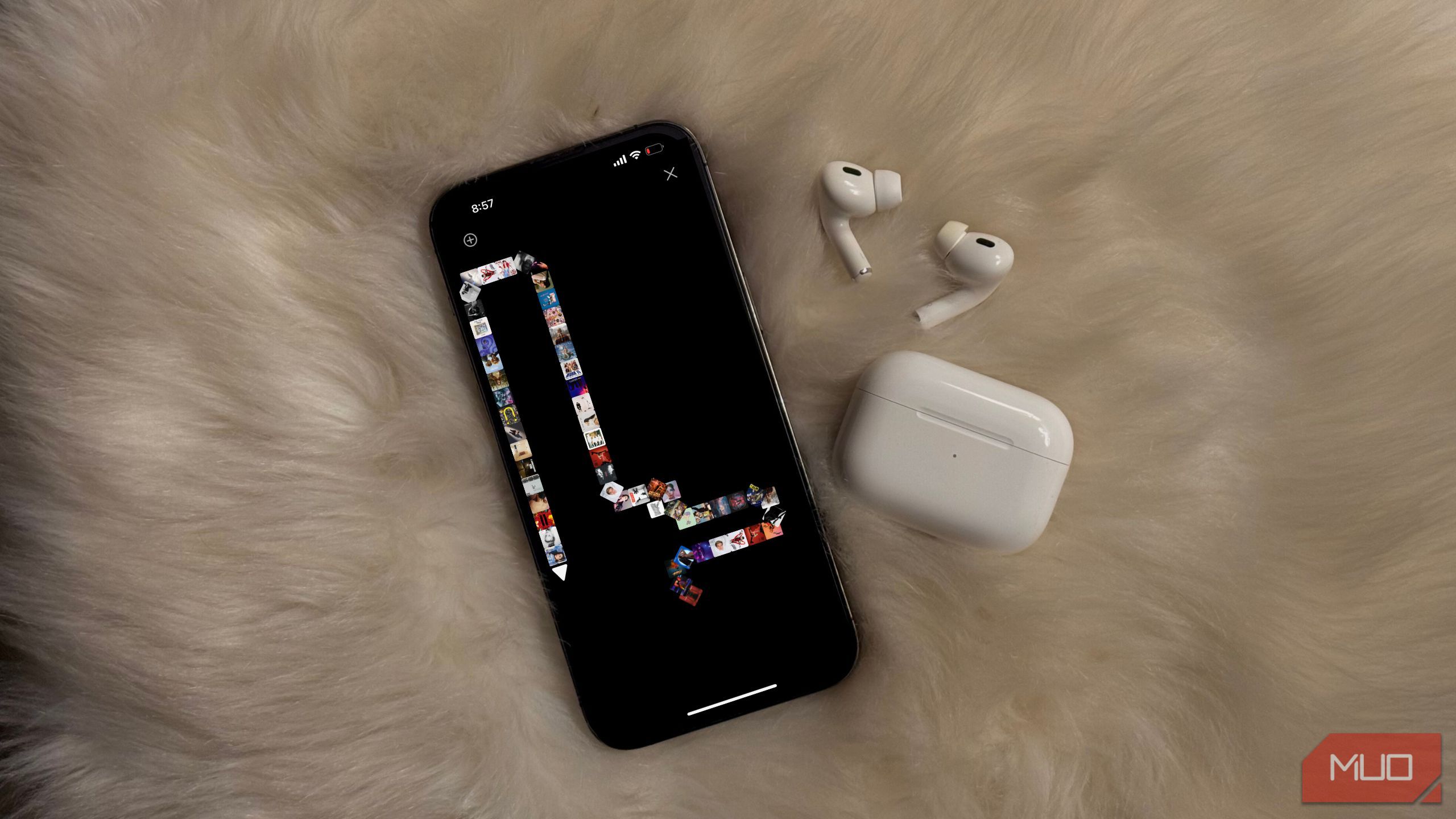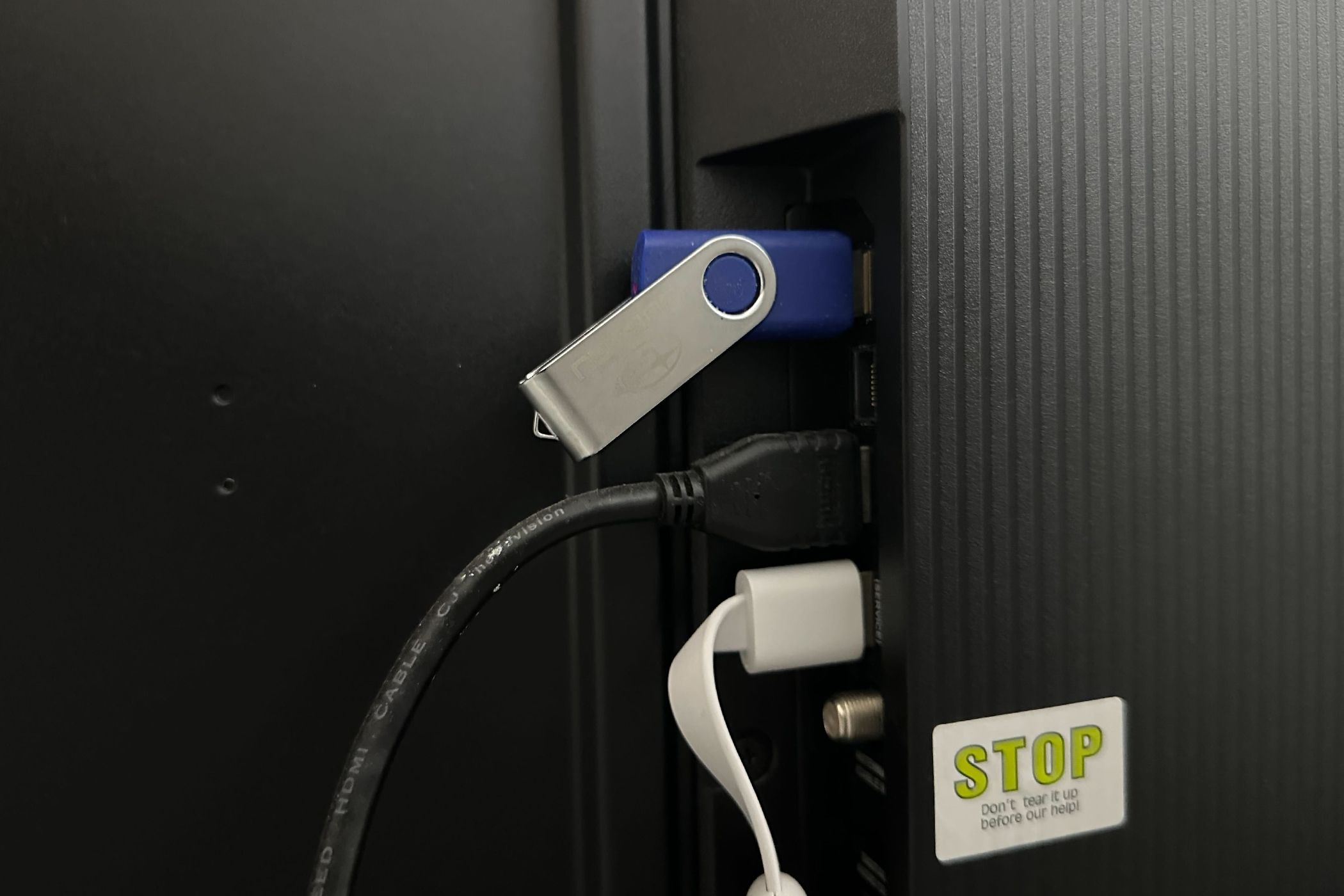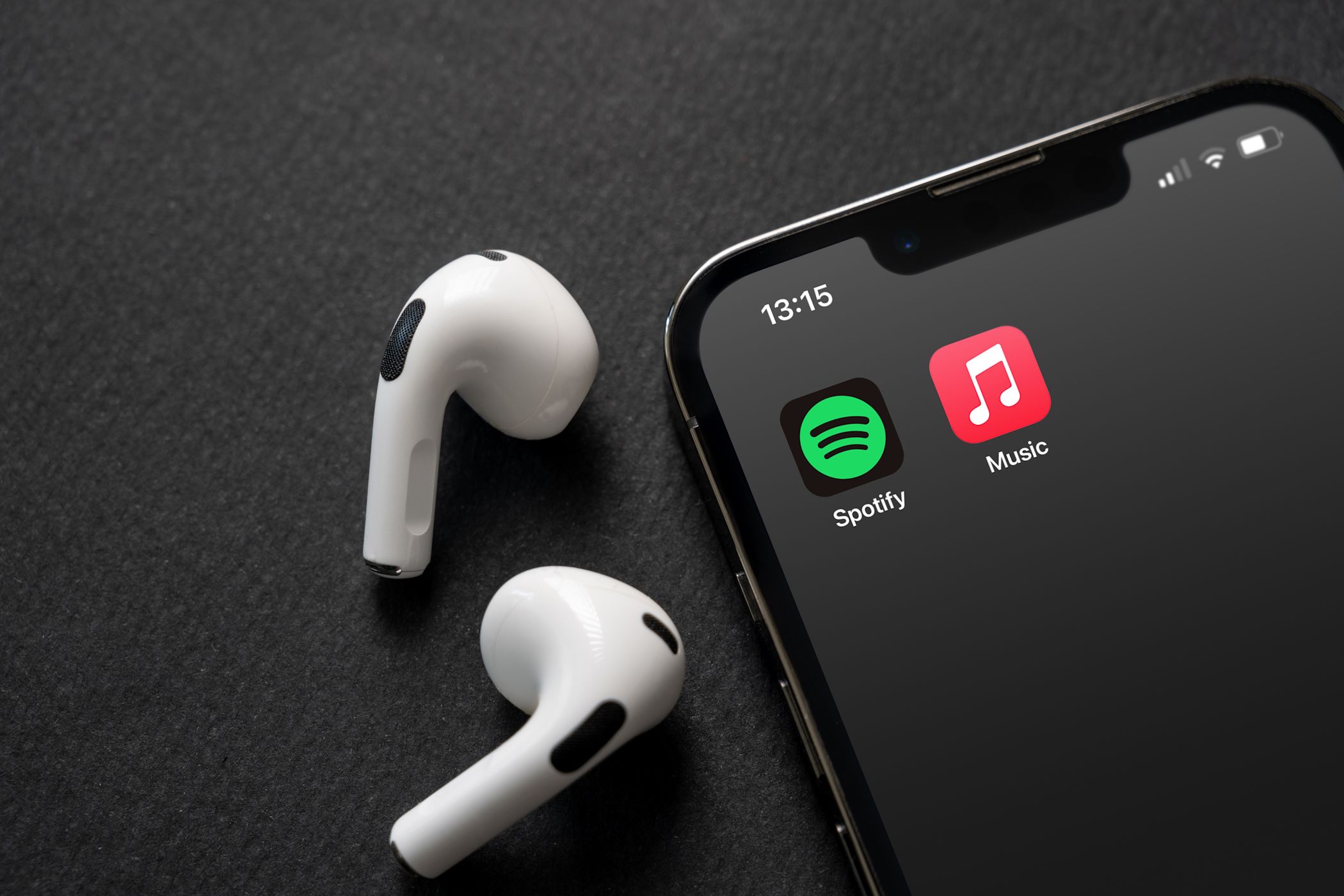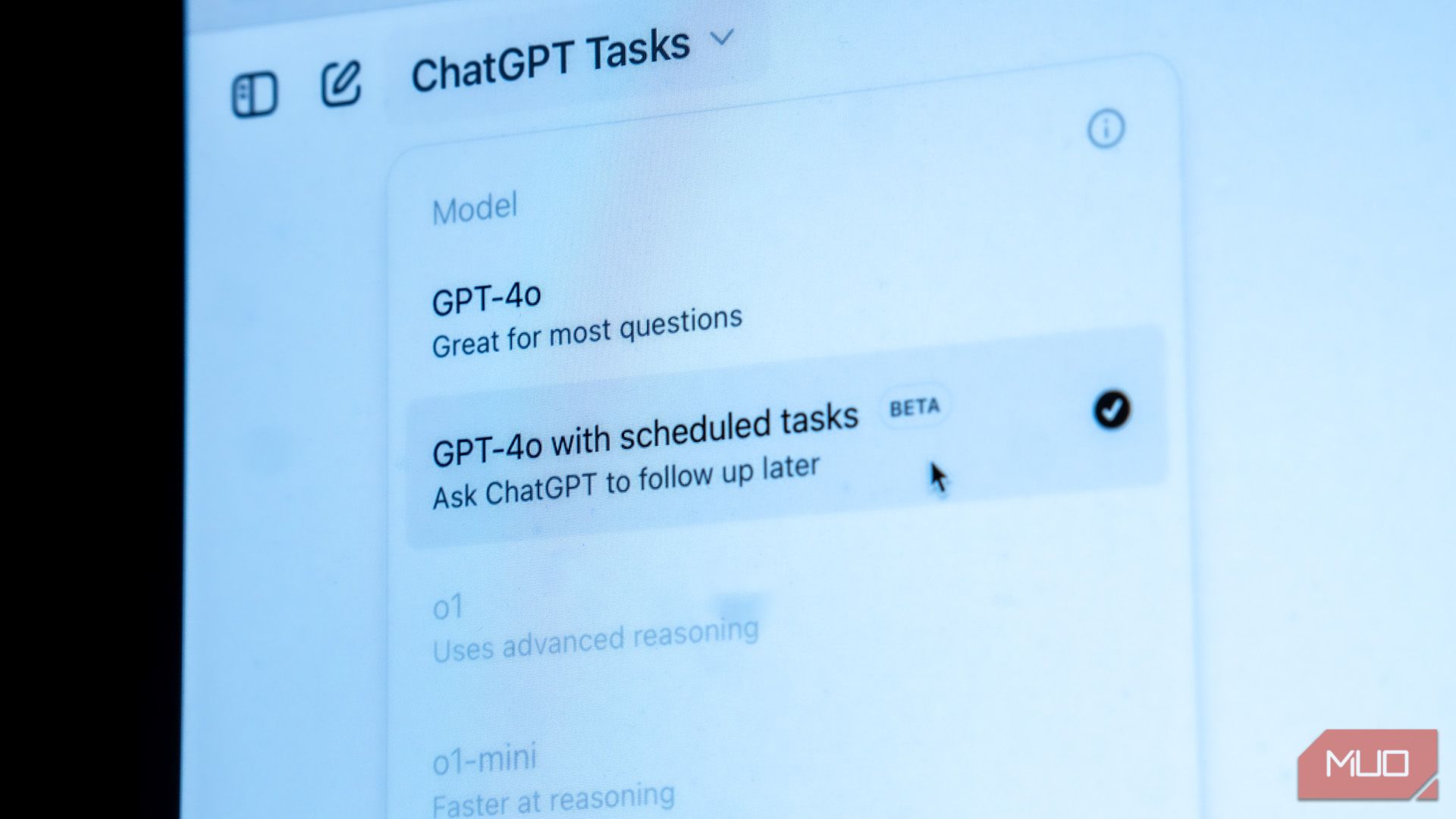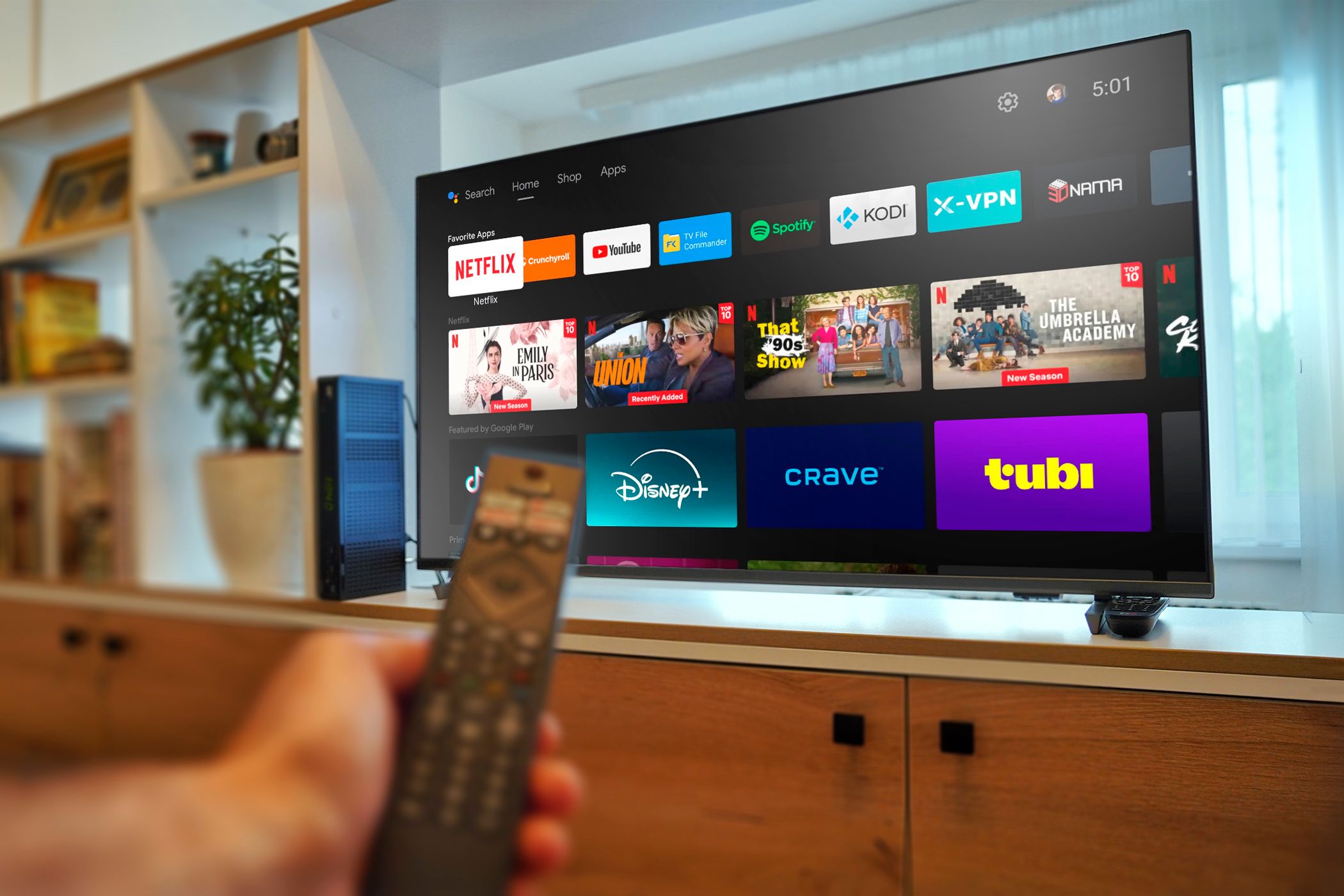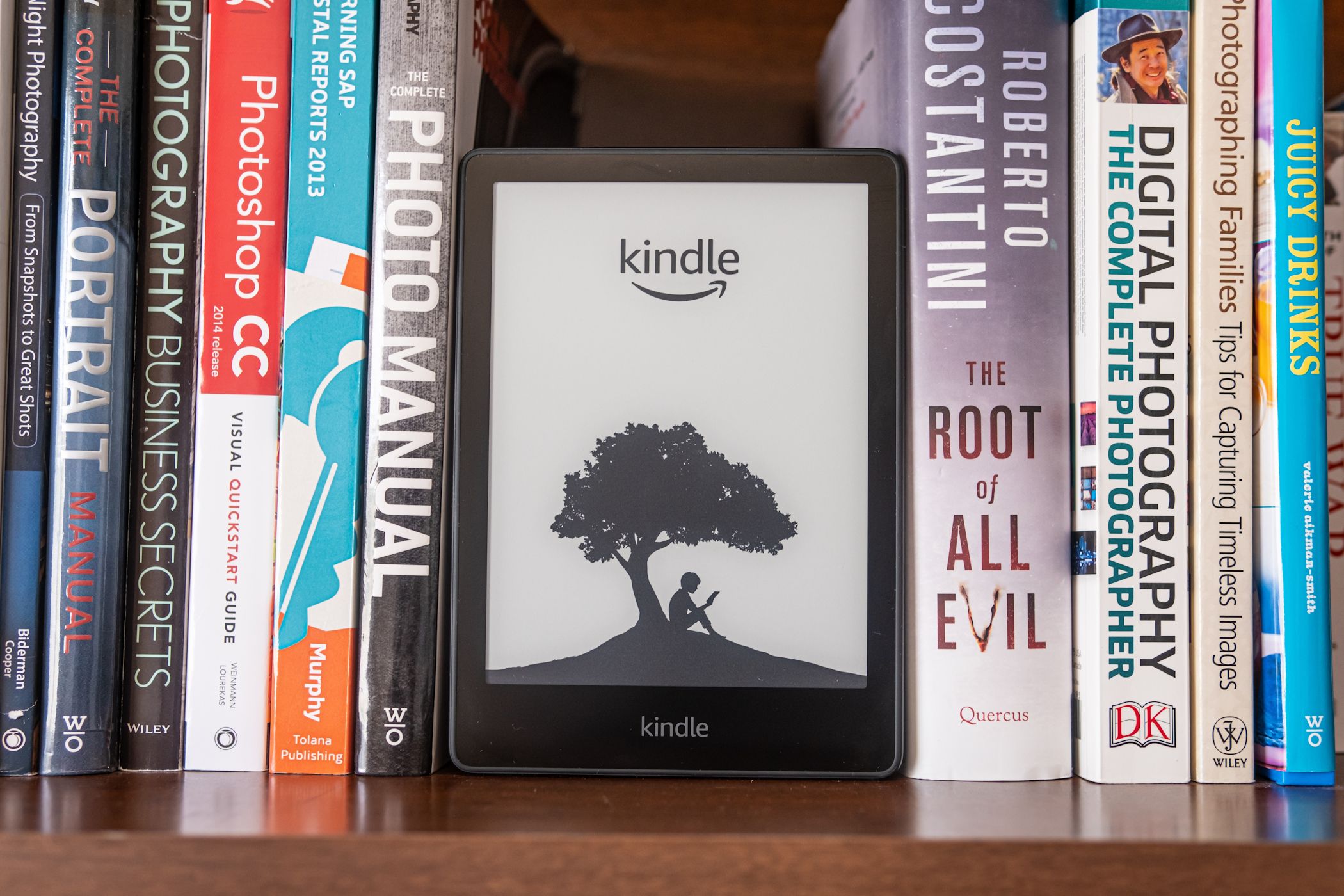Lurking under the price of cheap headphones and earbuds is a cost you don’t see, but can feel with your ears and hands. If you aren’t careful, you’ll feel it in your wallet, too.
3
The Drivers Don’t Have Much Range
If you had to pinpoint the most important aspect of headphones and earbuds, the drivers are the easy choice. They have the most significant impact on performance because a headphone driver directly affects sound. By opting for a cheap pair of headphones or earbuds, you’ll almost always end up with cheap drivers.
The experience is night and day, especially when you’re comparing a $10 pair of headphones to $50 headphones (and so on). You’ll notice the sound profile doesn’t have much range—flat bass or no bass at all, and a tinniness to the music.
It isn’t just because the drivers are cheap, but also the type of headphone drivers used. You can bet that most inexpensive headphones are made with dynamic drivers, which are fine when good material is used, but can also be a way for manufacturers to cut corners.
On that note, you may also end up with a pair that aren’t the best pick for your situation. For example, if you’re constantly listening to music, headgear with big 50mm planar magnetic or electrostatic drivers is going to be better, but you won’t find those in the bargain bin.
2
They’re So Cheap That They’re Destined to Break
It’s no surprise that cheap earbuds mean cheap materials. Just like with what’s used in the drivers, another way to lower the cost is by using cheaper materials for the headphones’ build. That’s not necessarily a bad thing if you take good care of your headphones, but there’s no doubt they’ll still be brittle.
You’ll notice that bargain-bin headphones tend to have a lot more plastic—particularly lighter plastic. Sure, it feels lighter, but it’s ultimately more prone to breaking.
Even if you take better care of your headphones, one aspect you won’t be able to avoid forever is the ear pads. They’re typically made from fake leather, which eventually cracks and falls apart. Not to mention the cushioning, which is likely a less dense foam that flattens over time.
If you pay just a little more, even for a pair of budget headphones, you’re more likely to get a pair made of harder plastic and microfiber ear pads. For earbuds, paying more can often come with multiple tip sizes or even foam ear tips instead of silicone.
1
A Paltry Selection of Features
The main issue that stops me from buying cheaper headphones and earbuds is the lack of features. Active-noise cancelation (ANC) mode? Nope. Bluetooth or wireless support? Maybe. How about a built-in microphone or touch controls? Unlikely, and definitely not.
I have a pair of Raycon’s Everyday Earbud Pros (our review), which have ANC, and I can’t see myself ever upgrading to a pair without that feature. It’s incredibly useful for drowning out distracting noises. They’re Bluetooth as well, so I’m not getting tangled in cables, either. Trust me—once you get a taste of those amenities, you’ll never go back.
Cheap earbuds and headphones might get the job done, but they’ll come at the cost of poor performance and quality. Given how brittle they are, it’ll eventually come down to you opening your wallet to buy yet another pair, again and again. You’re better off saving up just a little more to get a pair of high-quality headphones—take good care of them and they’ll last much longer than the cheap buy.
